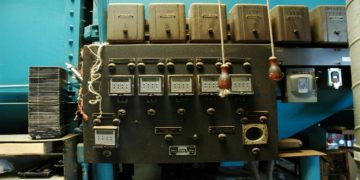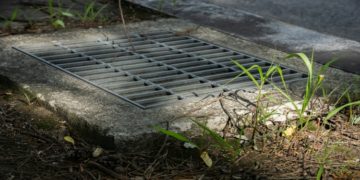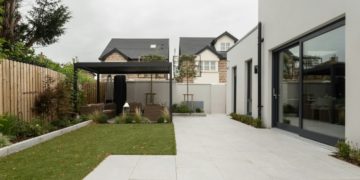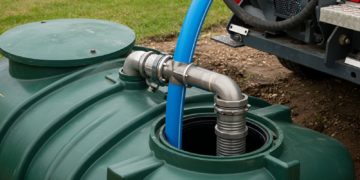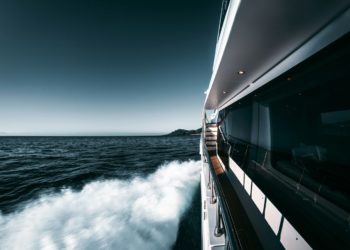Purchasing a static caravan is like gaining access to flexible vacations and relaxing weekend retreats, yet enthusiasm may run out soon, as the operating expenses may surprise you.
Most buyers simply focus on the price of buying but do not consider the constant flow of charges to come after the acquisition, pitch rentals, utilities, insurance, and seasonal maintenance can often accumulate at a faster rate than anticipated. Unexpected expenses of sudden repair or a sudden increase in charges of the park may stress even a budget that was well organized.
Thus, it is necessary to know all the expenses in advance to avoid any surprises and secure your investment.
This article gives details on how to budget the total cost of owning a static caravan on sale in order to plan wisely and enjoy your holidays without stress on the pocket.
1. Calculate the Initial Purchase Price of Static Caravans for Sale

The initial process is to know the total cost of the static caravans for sale in your preferred area.
Prices tend to differ depending on the age, brand, size and whether it is a new or used unit. An almost new caravan in a well-known seaside park can sell at a higher price than a similar model in the inland.
When purchasing privately, the costs of transportation to the park and the professional siting fees must be included. Parks can also impose a connection or commissioning fee on utilities. Include the price of optional extras such as decking, new furniture or a longer warranty.
Setting a specific purchase amount is a basis of an accurate ownership budget and helps avoid underestimating the initial investment.
2. Understand Site Fees and Pitch Costs
An annual site fee is usually the highest recurrent cost. These charges include the space that your caravan takes and services that are shared in the park, like landscapes, security and maintenance of the facilities.
Prices vary according to area and facilities provided, with the better parks charging a higher price for facilities such as swimming pools or entertainment facilities. Examine the site agreement to understand what is covered in it and the existence of a seasonal surcharge. Some parks include water and waste disposal in the fee, whereas others charge them separately.
By comparing different parks and negotiating renewal terms, it is possible to keep the cost of the pitch within reach as time passes.
3. Analyze Utility Expenses

Electricity, water and gas generate continuous expenses that vary with usage and weather.
The insulation in old caravans is sometimes not that effective, and that is why they incur higher heating expenses in cold seasons. Find out if utilities are metered individually or charged on a flat rate, and make demands on past consumption records where feasible. Add upgrades like LED lighting, double-glazed windows, or smart thermostats to cut down on the amount of energy consumed.
No matter how small the efficiency gains, they can drastically reduce the utility bills on an annual basis and provide consistency in your budget.
4. Plan for Insurance Coverage
Insurance is necessary to cover fire, theft, accidental damage and public liability in the event of visitor injury. Premiums are based on the value of the caravan, its location and the security provided in the location. Coastal parks or flood-prone areas may need additional cover.
Compare various policies to strike a balance between the cost and the full coverage of the structure and contents. Check your policy at least once a year to take into consideration inflation and new needs in the park so that your investment will not be overcompensated.
5. Prepare for Maintenance and Repairs
Routine maintenance keeps your caravan safe and extends its lifespan. Tasks like roof inspections, exterior cleaning, plumbing checks, and servicing of gas or electrical systems should be scheduled regularly. Dampness, leakages or even frozen pipes as a result of weather can occur at an unlikely time, particularly in colder seasons.
Establish a maintenance fund to handle both planned upkeep and sudden repairs. A good rule is to allocate a percentage of the caravan’s purchase price each year, which cushions against surprise expenses and prevents small issues from escalating into costly emergencies.
6. Include Depreciation and Potential Upgrades
Unlike a traditional property, a static caravan depreciates over time.
Understanding how its value will decrease helps you plan for eventual resale or trade-in. Some owners choose to upgrade interiors, replace appliances, or add new decking to maintain comfort and appeal. Budgeting for these enhancements ensures you can refresh the caravan without financial strain.
If resale is part of your long-term plan, keeping the caravan in excellent condition and updating key features will help preserve value and attract future buyers.
7. Account for Travel and Lifestyle Costs

Ownership also involves lifestyle spending beyond the caravan itself. Regular travel to and from the holiday park requires budgeting for fuel or public transport. On-site leisure activities, dining, and entertaining guests add to yearly costs.
Suppose you intend to rent out the caravan when not in use, including marketing expenses, cleaning services, and potential tax obligations. Tracking these lifestyle costs gives a more accurate picture of the total annual budget and prevents small extras from eroding your financial plan.
Conclusion
Budgeting for a static caravan requires more than simply noting the purchase price. By carefully calculating the cost of static caravans for sale, understanding site fees, estimating utilities, planning for insurance, setting aside maintenance funds, factoring in depreciation, and recognizing lifestyle expenses, you can build a clear, realistic financial strategy.
With every key element accounted for, your holiday home becomes a source of relaxation rather than stress, allowing you to enjoy carefree getaways and lasting memories without unexpected financial pressure.


